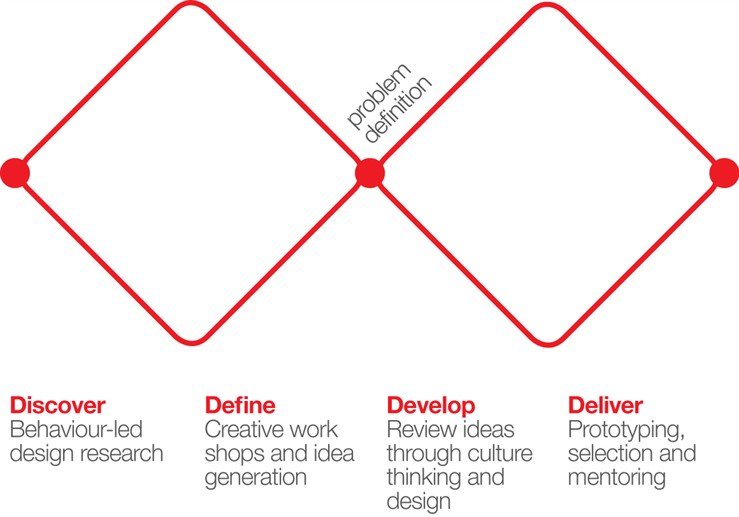I am a designer of both physical and digital products.
I don’t just design things, I figure out what should be designed and how it fits into a business model or service.
I’ve been involved in the creation of business models for companies worth more than $3 billion and products and ideas used by millions of people.
I’ve worked as an architect, UX designer, entrepreneur and digital strategist with the aim of gaining experience to be able to design anything from a skyscraper to a logo, a business model to a website. By being able to design across disciplines, I can look at design as a holistic problem and create individual products and services that work within an unified experience for a brand or company.
Today, this is sometimes called Experience or Service Design and is different from what has gone before it in 2 ways:
(1) It is often about intangibles, the design of things that aren’t necessarily visible.
(2) It often connects the digital and the physical world and how we interact with both and over many ‘channels’.
Recently this design process has become more standardized, through methodologies such as Double Diamond, created by the UK’s Design Council, based on a analysis of how people were already working and now used in digital design by people such as Adaptive Path.

This approach is fundamentally different to what has gone before, because the first half of the process essentially describes what entrepreneurs do when looking for a market opportunity and exploring options to address it. The world of startups is creative and is about design but in startups, designers were traditionally relegated to the latter stages of the process.
This is changing, Silicon Valley is becoming a design culture rather than a marketing one, as technology matures and people look for the value add of design rather than features. At the same time, the non digital word is becoming like the digital one and the startup culture that makes fun and innovative online services is applied to any type of business.
A concrete example of what this means is demonstrated by retail design. Smartphones created the final piece of technology that blurred the lines between online and offline and the retail world progressed from multi-channel (any one of many channels used to purchase things) to omnichannel (moving seamlessly between channels) approaches. Omnichannel meant having the same brand experience everywhere, and so experience design has come to the forefront of retail strategy.
So this is what I do: I design things, soup-to-nuts, from opportunity to concept, businesses to products but from a reactive rather than dogmatic standpoint, as an architect, product manager, strategist or entrepreneur. I do this in a way that matches people’s wants and needs, rather than the traditional designers way of ‘doing their signature thing’.